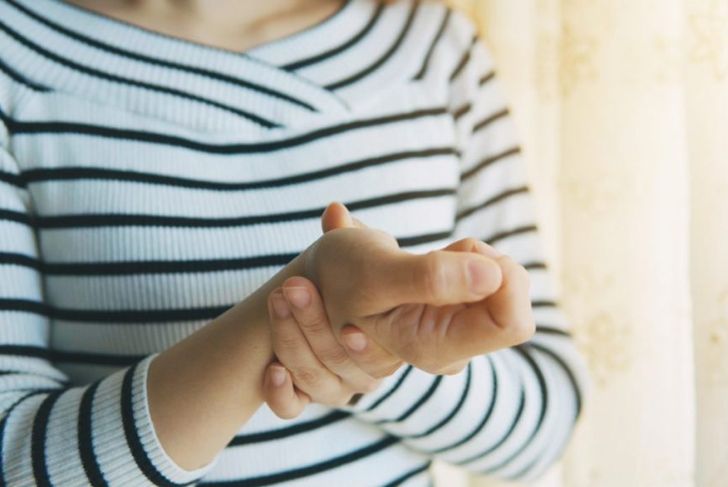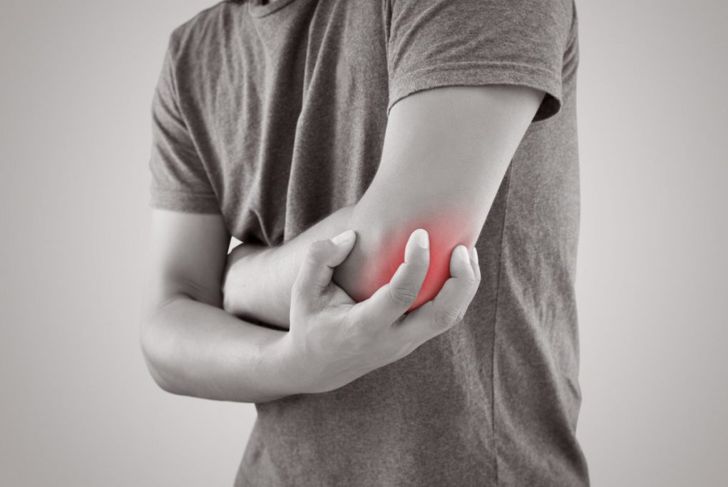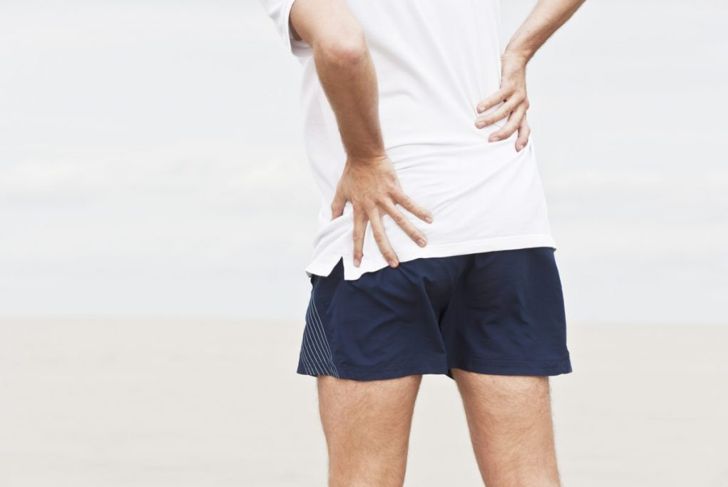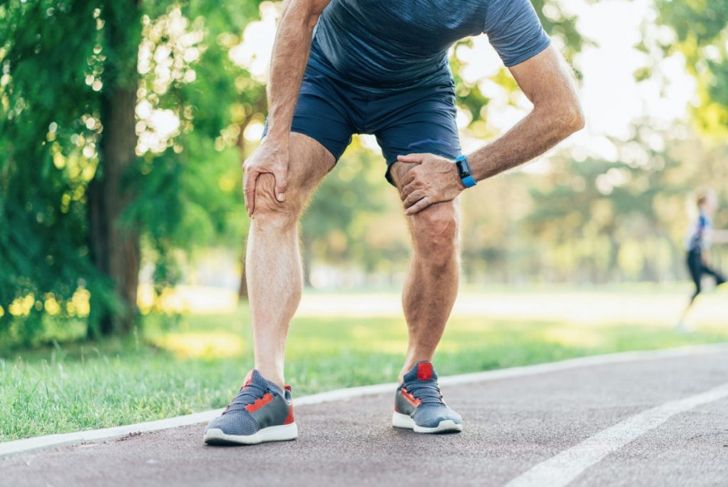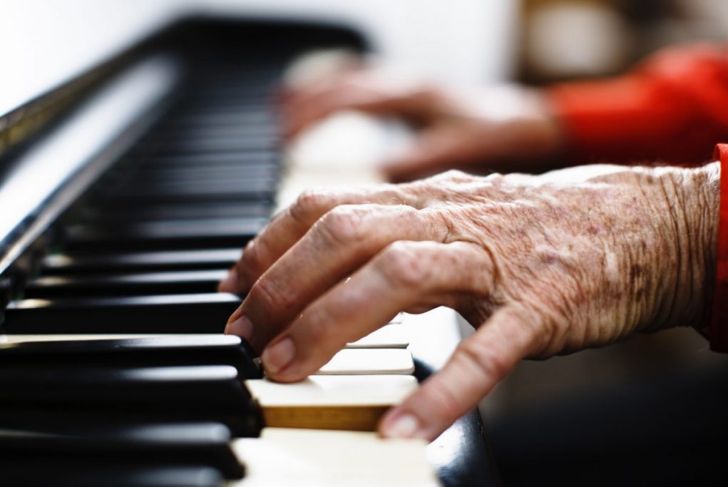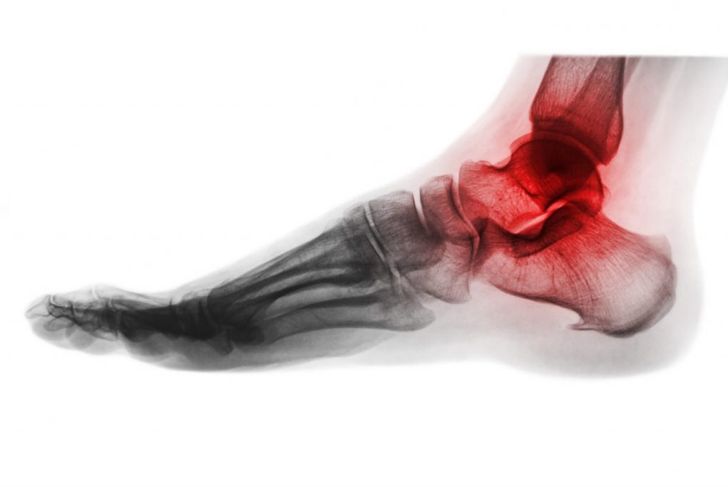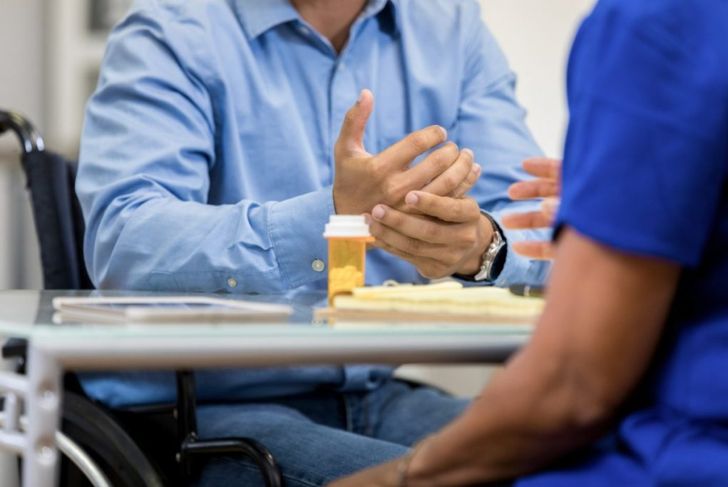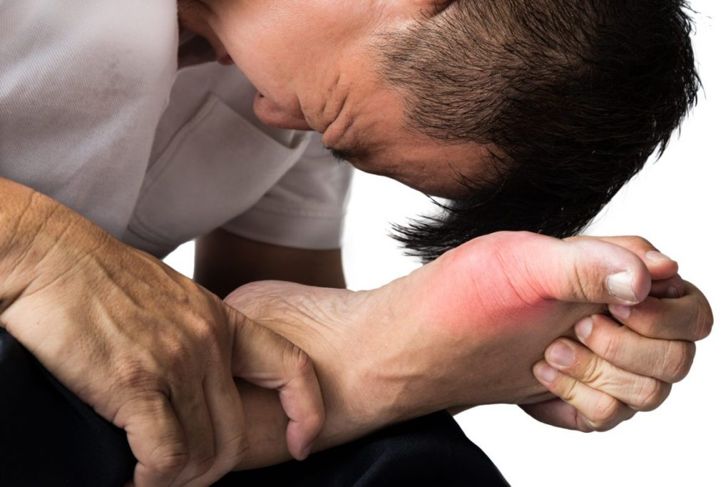Even though arthritis is the number one cause of disability in the U.S., medical communities still do not completely understand all aspects of the disease. One in every three Americans deals with an arthritic condition. The diverse ailment affects men and women, adults as well as children. Although there are more than 100 types of arthritis, each has similar symptoms, including pain and inflammation of the joints. Eventually, these symptoms can make everyday activities difficult.
Joint Stiffness
Joint stiffness is one of the most common symptoms of arthritis. The individual may still have a full range of motion, but movement requires more effort. The stiffness is worse after long periods of inactivity, such as sitting or resting, but it improves with increased activity. If the stiffness occurs mainly in the morning, it is likely a type of inflammatory arthritis such as rheumatoid arthritis. If the stiffness only lasts for 15 minutes or less, there is probably no joint inflammation, and it is not an inflammatory form of arthritis.
Joint Swelling
Fluid buildup in the soft tissue surrounding the joint can cause swelling, often accompanied by pain and stiffness. Swelling can make the joint appear larger or abnormally shaped. There are several causes of joint swelling, and many types of arthritis are among them. A telltale sign of arthritis is a combination of swelling and warmth at the site.
Joint Pain
Pain is one way the body signals that something is wrong. Joint pain can range from slight discomfort or tenderness to pain so severe it interferes with movement and causes visible joint deformity. Medical evaluation is the only way to determine if arthritis is causing the pain. Different types cause pain in different parts of the body. If the joint pain occurs mainly in the hands, for example, the physician will examine the knuckles, tip joints, and middle joints and determine how far from the joint the pain radiates. Evaluating the range of motion provides additional clues as to the type of arthritis.
Symptoms of Osteoarthritis
The most common type of arthritis is a degenerative type resulting from normal wear-and-tear as people age. Osteoarthritis (OA) is prompted by factors such as aging, obesity, joint injury, repetitive stress to a joint, and genetics. Pain and stiffness in the hips, knees, and lower back, especially after inactivity, are common symptoms. A person with osteoarthritis can experience a cracking sound when they bend a joint. The pain often gets worse toward the end of the day due to swelling in the joints after extended activity. Hip pain may occur in the groin or buttocks. Bony growths or spurs on the ends of finger joints may lead to swollen, red, fingers. Some people experience swelling in the ankles or toes, along with joint pain at the base of the big toe.
Symptoms of Rheumatoid Arthritis
If joint pain lasts longer than six weeks, and the pain affects more than one joint, the physician may suspect chronic rheumatoid arthritis (RA). A major symptom is morning stiffness that lasts 30 minutes or longer each day. RA often develops in the smaller joints of the hands and feet. Symptoms appear, then subside, before returning; these flares are part of the cycle of RA and can last for a few days or continue for months. In some individuals, RA also causes symptoms in the organs. Eye dryness and sensitivity to light, as well as impaired vision, may occur. Other possible issues include mouth infections, anemia, inflammation and scarring in the lungs, or onset of rheumatoid nodules, small lumps under the skin.
Symptoms of Arthritis of the Knee
Pain, swelling, and stiffness in the knee may indicate arthritis. Although the knee is the largest and strongest joint in the body, it is not uncommon for people to develop symptoms of either OA, RA, or post-traumatic arthritis.
Signs of OA include the wearing down of the cartilage in the knee joint, allowing bones to rub against each other and create bone spurs. OA develops slowly, and it gets worse over time.
With RA, the individual’s immune system attacks and damages normal tissues, both cartilage and bone. Swelling in the layer of connective tissue that lines the joints —the synovial membrane — leads to pain and stiffness.
An injury to the knee leads to post-traumatic arthritis. Tears and ligament injuries cause more wear on the knee joint. Over time, arthritis develops.
Symptoms of Arthritis of the Hand
The same diseases that cause arthritis in the feet also cause arthritis in the hands. People with this type experience a dull pain or a burning sensation. In most cases, this pain occurs after long periods of joint use, especially with movements like writing, typing, gripping, or grasping. Arthritic symptoms in the hands do not show up immediately, however, with many people not feeling pain until the day following the exertion. If the discomfort improves after resting, it is likely due to osteoarthritis. An arthritic joint sometimes feels warm to the touch. Small cysts may develop on arthritic end joints of fingers. Arthritis sometimes damages the ligaments in the hand, which affects the support structures of the joint, leading to looseness and loss of mobility. This is common with those who develop advanced thumb base arthritis.
Symptoms of Arthritis in the Foot and Ankle
Each foot has more than 30 joints that help with a wide range of movement. Arthritis generally occurs in the joints that meet other parts of the foot or ankle: the joint of the big toe and the foot bone, the joint where the shinbone meets the ankle, or the three joints involving the heel bone and the inner and outer mid-foot bones. A combination of symptoms alerts the physician to possible arthritis of the foot and ankle. The joints are tender, especially if someone applies pressure. They may swell and become stiff and painful, especially in the morning or after sitting or resting. Vigorous activity leads to flare-ups. Sometimes the arthritic pain in the feet and ankles develops slowly, over time, but the onset may be sudden.
Symptoms of Infectious Arthritis
Bacterial, viral, and fungal organisms can enter a joint and cause inflammation and infection. These infections start elsewhere in the body, then spread to the joint. Food poisoning, sexually transmitted diseases, and bladder infections can lead to infectious arthritis. Reactive arthritis is a type of infectious arthritis and usually occurs in the toe, ankle, or knee. Symptoms include severe pain, chills, and fever. The joint appears red and swollen, and the individual may have difficulty moving the part of the body around the infected joint. Once a doctor has diagnosed an infection elsewhere in the body, the individual should seek medical attention if they notice the onset of joint pain.
Symptoms of Gout
Some people experience sudden and severe pain, along with swelling and tenderness in the joints, and skin redness in the area. This condition may be gout, a complex type of arthritis. The accumulation of urate crystals in the joint triggers the disease. Many people diagnosed with gout find the pain starts at the base of the big toe. One of the primary symptoms is extreme severity during the first four to twelve hours. The symptoms often subside after a few days, but the joint may continue to feel stiff or uncomfortable for days or weeks after the initial pain subsides. In some cases, the individual never experiences a second gout attack. Others may develop recurrent or advanced gout.

 Home
Home Health
Health Diet & Nutrition
Diet & Nutrition Living Well
Living Well More
More
